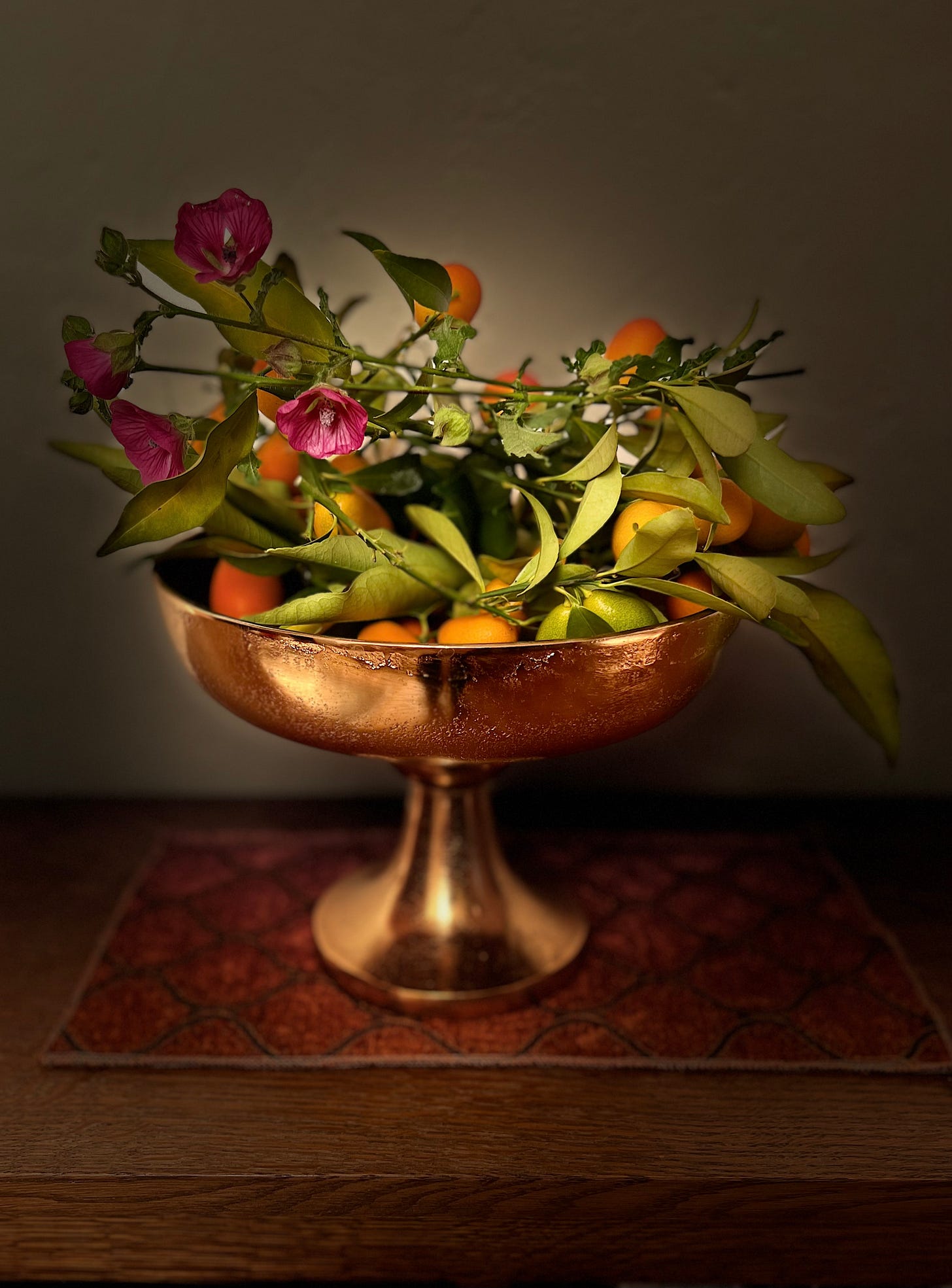Ken Mogi is a fascinating person. A distinguished scientist, who is also a popular media personality, I think you could even call him a household name in Japan. This is his second book in English. His first was on the Japanese term ikigai.
As I am sure most people are aware, there is an a kind of publishing industry boom in English books about Japanese words—and I seem to have collected quite a lot of them! From wabi-sabi and ikigai to kaizen, shinrinyoku, and kintsugi, a reader can barely keep up. Ikigai especially has captured a lot of attention, and Mogi’s was the only one I really liked on the subject, so I was excited—and surprised— that he had written a book on nagomi.
For me, nagomi captures more than anything else what I felt when I lived in Japan (and what is completely and painfully lacking in my life now). Like the other concepts above, it is a hard word to pin down in English.
One definition I found online, explained the term like this:
Nagomi= Nagomi' is an alternative reading of the kanji 和, which refers to all things Japanese, yet can also mean 'bring together'. Make a verb (nagomu or nagomi) out of it, and it refers to the feelings you have when spending time with good friends.
According to Mogi, nagomi is a fundamental Japanese concept—one that reaches far back into Japanese history— all the way to the kojiki, considered to be the oldest extant literary work in Japan. In the kojiki there is a line citing the spirit of harmony 和譲の精神 as being something to be encouraged by Japanese people.
Nagomi 和み is an alternative reading of “wa” 和 —which is the first character used to write my son’s name (Kazuya 和弥). “Wa” means harmony. It also is an alternative word for Japan and things Japanese.
And it is the name of a popular tea ceremony magazine
なごみとは、心を和して「あい和む」の意。
今日ほど、この和の心が渇望されている時代はありません。
日々のくらしのなかで、和を尊ぶ心を形にしてきた総合文化茶の湯に範をとり、現代の「茶のあるくらし」すなわち「和のあるくらし」を小誌はヴィジュアルに提案します。
Nagomi means to be in harmony. Both in our hearts and with others. This feeling is in short supply in today’s world. The culture of the tea ceremony gives form to this ideal in our daily life. Nagomi magazine seeks to offer a lifestyle of tea which is also a lifestyle of nagomi. (My very rough translation).
Mogi’s book begins in food —even mentioning the way my favorite Kyoto gin, ki no bi, is itself an example of Japanese flavors harmonizing with a European spirit (ie gin). One of the definitions I have seen for nagomi is “reconciliation,” which is a word that always reminds me of the Catholic Inquisition, where sinners were reconciled through fire basically. Mogi doesn’t use this word in his book, but for me there is a kind of reconciling going on in examples he gives. To reconcile Japanese and foreign tastes in the ki no bi gin or katsu curry. There is something like this happening in all of his examples. Satoyama, brings together in harmony the mountains and village, while Ozu’s characters must negotiate personal happiness with their obligations (giri/ninjo) to attain a kind of inner peace.
Unlike in “wa,” “nagomi is active and involves care (teire 手入れ) and for me there is also something about being easily satisfied by something.
I think it is the quintessential Japanese word… but it also reminds me of my favorite Chinese poet, Li Qingzhao, whose sobriquet was to “easily satisfied” (号:易安). This is from a line by Tao Yuanming → 倚南窗以寄傲, 审容膝之易安 (Leaning on the southern window, I surrender my pride to nature and in this room scarely big enough to contain my knees, I am easily contented). The line, which is very famous, was taken from an essay called "Homecoming" (歸去來兮辭). The essay, written in 404 CE is about the poet's leaving officialdom to "return home" and devote the rest of his life to self-cultivation and the simple life. The essay inspired countless philosophers and poets in China and Japan to turn inward and to never forget that "less is more."
She also signed her works thus: 易安 "easily contented" and "the inhabitant who is easily contented" 易安居士.
I loved this simple but profound little book.






True -- not to be described in English. Oh, well . . .
Beautiful. Harmony is one of my ‘lodestar’ words for this year.